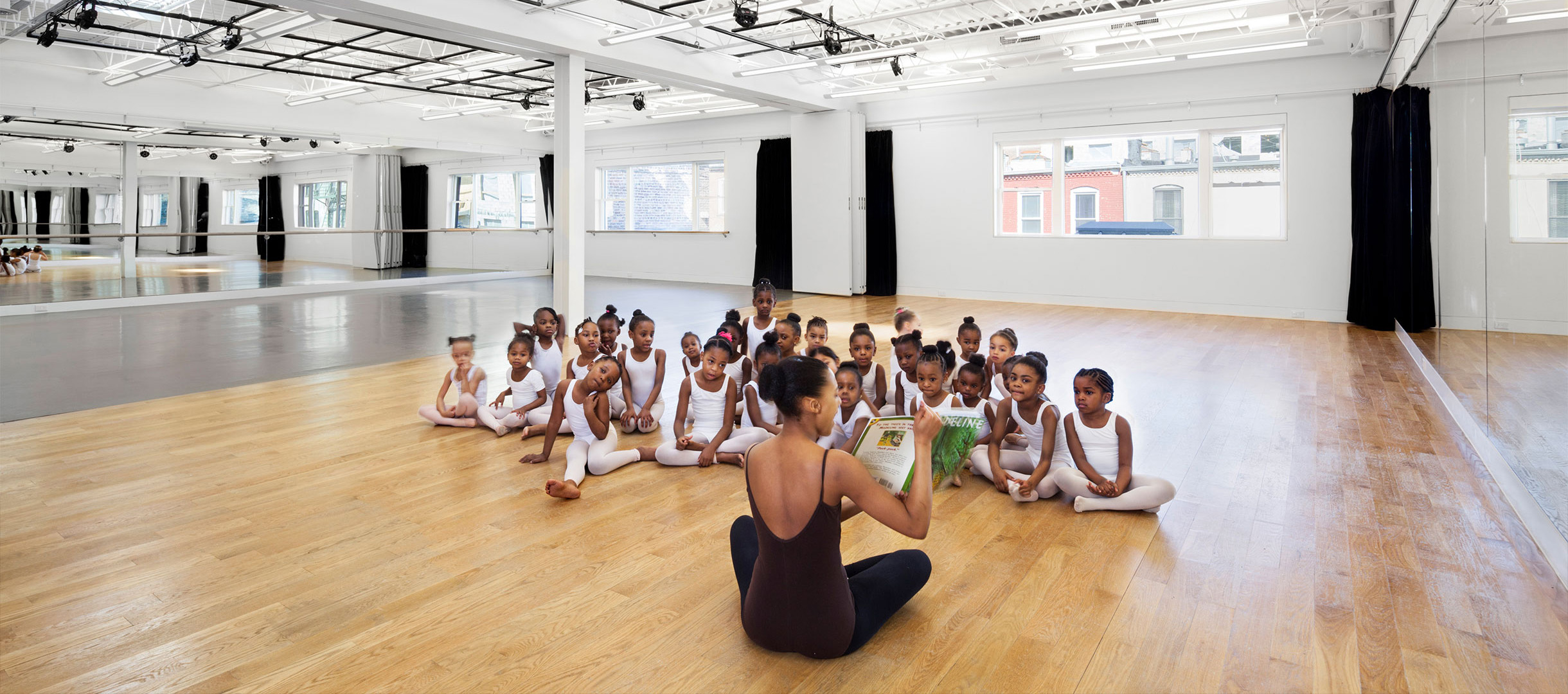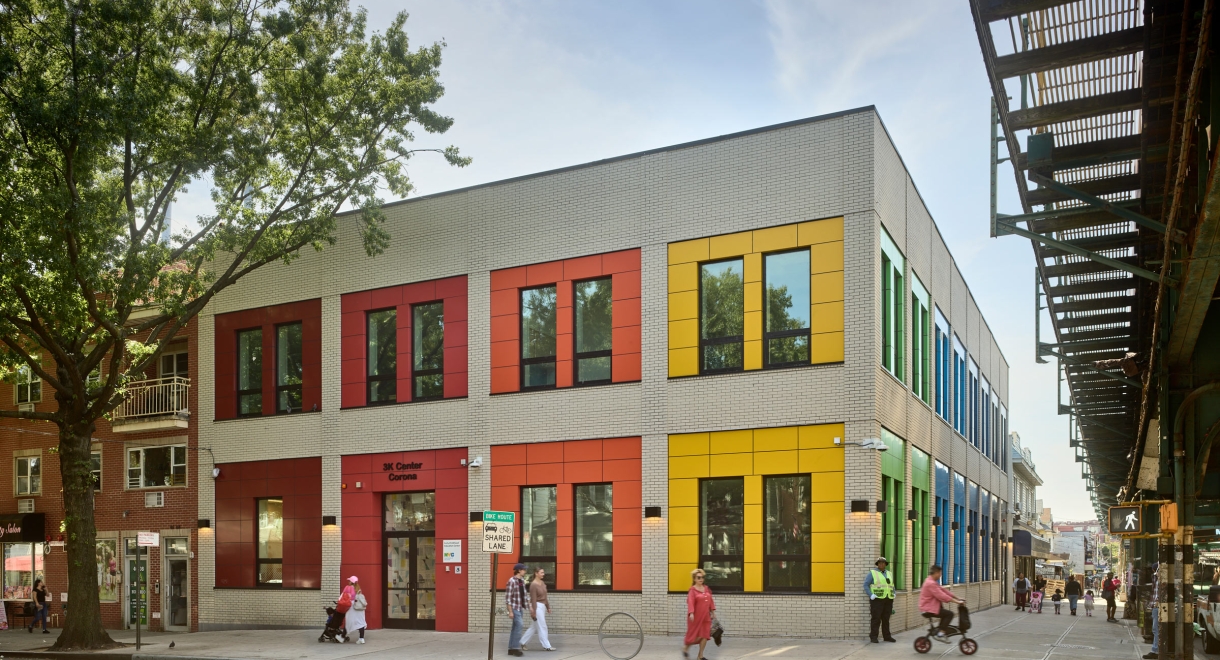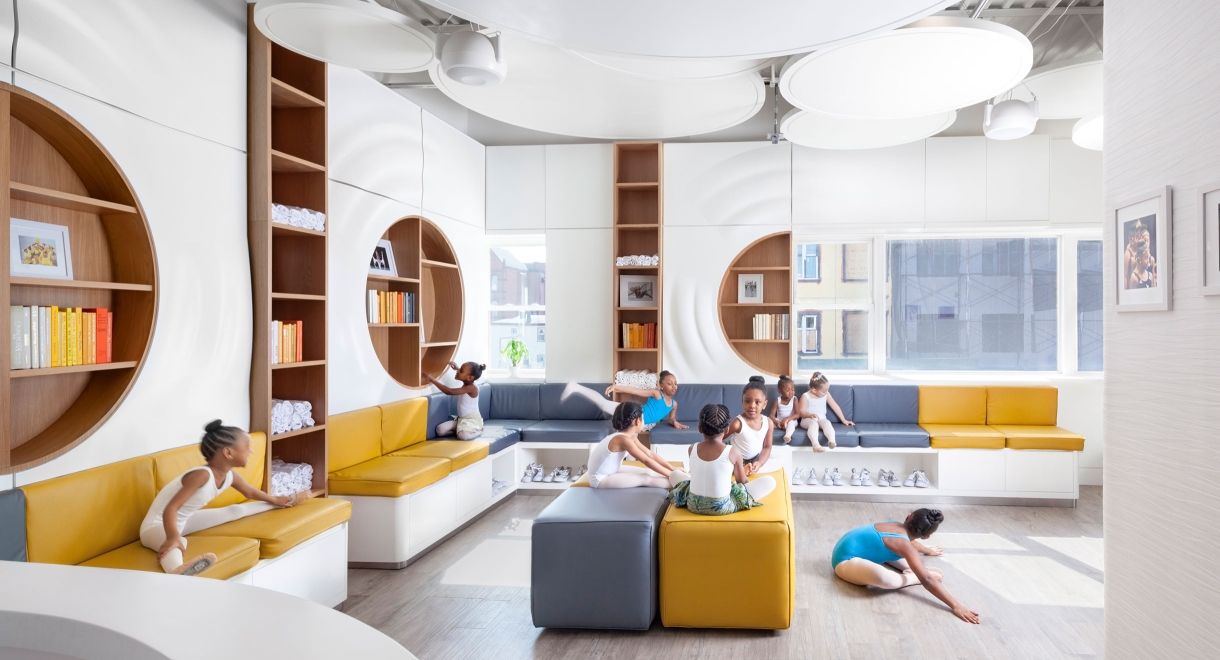SEL: A Circular Pathway to Social-Emotional Design
2025.04.08

Social-Emotional Learning (SEL) is rapidly gaining momentum in education, guiding students to develop healthy identities, manage their emotions, and pursue both individual and collective goals. The Collaborative for Academic, Social, and Emotional Learning (CASEL) has been a leading voice in promoting the integration of SEL into school environments. At Circular, we share CASEL’s vision by designing human-centered, happiness-driven spaces that foster community. Keeping SEL in mind, we use thoughtful layout, material, and color to create environments that nurture emotional well-being and spark meaningful social connections.
At Circular, we share CASEL’s vision by designing human-centered, happiness-driven spaces that foster community.
What is the CASEL Framework?
CASEL’s framework organizes SEL into five core competencies: Self-Awareness, Self-Management, Social Awareness, Relationship Skills, and Responsible Decision-Making. To truly embed these competencies into a school’s culture, they must be practiced in spaces designed to support them—classrooms, hallways, and communal gathering places where students can interact, reflect, and hone these life skills. At Circular, we translate the CASEL framework into the language of architecture, ensuring that design choices help bring SEL to life in vibrant, engaging ways.
The Commons: Where It All Begins
Common spaces, often located near reception areas, are crucial for informal interaction. They serve as social hubs where students can practice relationship-building and communication skills outside the classroom. For instance, at the Dwana Smallwood Performing Arts Center, we carefully selected comfortable seating, dynamic shapes, and ample natural light to create a warm, inviting atmosphere. When students feel relaxed and welcome in these shared areas, they’re more inclined to stay, converse, and learn from one another in an unstructured, yet deeply enriching way.
When students feel relaxed and welcome in these shared areas, they’re more inclined to stay, converse, and learn from one another in an unstructured, yet deeply enriching way.
Every Step Counts: The Hallway Journey
Hallways are more than just corridors—they’re conduits for connection, reflection, and self-expression. At the Corona 3K Center School, we turned hallways into lively galleries where student achievements could be celebrated. Integrated tackboards showcase their work, boosting confidence and a sense of belonging. Brightly patterned wall tiles enliven these transitional spaces, fostering a sense of positivity and creativity. By transforming hallways from plain passageways into areas of engagement, we encourage social awareness and pride in personal and communal accomplishments.
Color: How a Classroom Feels
The strategic use of color in classrooms significantly impacts students' emotional well-being and engagement—both key components of SEL. Bright colors can boost mood, enhance focus, and encourage creativity, making the space feel energizing and welcoming for students. At our projects for the NYC School Construction Authority, the thoughtful use of color not only supports SEL by fostering emotional balance but also enriches the overall learning experience, helping students feel safe, inspired, and ready to engage. Each classroom is identified by a unique color, expressed in paint, floor, and wall finishes, which helps preliterate children establish a strong sense of place and belonging.
SEL Beyond the Classroom
As awareness of SEL’s benefits continues to rise, designers have a growing responsibility to embed these principles into every space that fosters human connection. By blending SEL with informed design, Circular creates environments where people feel emotionally supported and eager to participate in shared experiences. With this holistic approach, we’re helping shape children who are not only academically prepared, but also emotionally intelligent and socially responsible—traits that will guide them throughout their lives and in the communities they serve.




